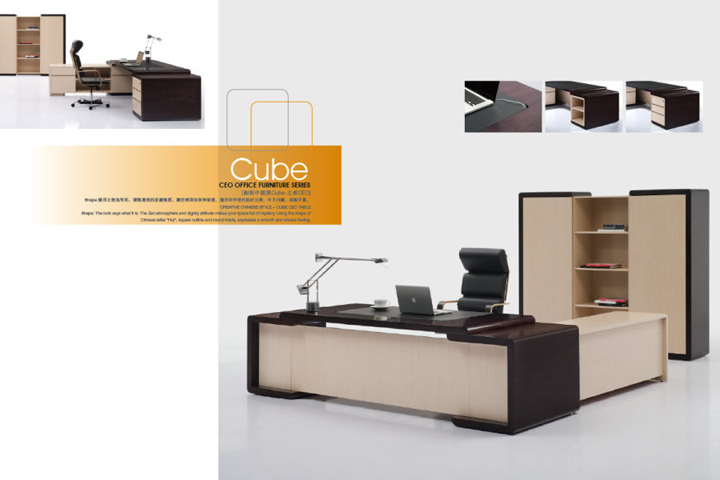Since the reform and opening-up, especially in the past decade, China's furniture industry has experienced rapid development and achieved remarkable success. It has become one of the largest producers and exporters in the world. Looking ahead, how will this industry continue to evolve? Here, we bring you an in-depth discussion on the 15 main trends shaping the future of China's furniture industry. First, the era of high profit is fading away. With increasingly fierce market competition and stricter regulations, the days of easy profits are over. Previously, some companies could enjoy profit margins as high as 30% to 40%, but now, most are struggling with only 15% to 20%. In some cases, profit margins have dropped to as low as 5% to 10%. This new era of thin margins is like a cold wind that blows away weak players, forcing them to either improve or be eliminated. Many furniture companies in the Pearl River Delta, Yangtze River Delta, and Chengdu have already gone into dormancy or even shut down. Only those who can streamline operations, enhance quality, and reduce costs will survive. They must also make strategic adjustments in production and marketing to stay competitive and seize new opportunities for growth. Second, market competition is intensifying. This is evident in three key areas: 1. The emergence of "giants" across all product levels. Companies are more clearly positioning themselves in the market. Some focus on high-end furniture, while others specialize in affordable, fast-moving products. This helps them leverage their strengths, target specific audiences, and outperform competitors. 2. More specialized division of labor. Furniture production is becoming more focused, with some companies dedicated to hotel furniture, others to living room sets, and others to beds and sofas. This specialization leads to fiercer competition in each segment, where quality, pricing, and service are constantly being improved. 3. Regional dominance and territorial battles. As markets become more saturated, local companies fiercely protect their own spaces, often leading to intense rivalries. These "princes" fight hard to maintain their territory, making competition not just tough, but also highly strategic and intelligent. As the industry continues to evolve, adaptability and innovation will be key to long-term success. Companies that fail to adjust will struggle to keep up, while those that embrace change will lead the way into the future of China’s furniture sector. Sidelight Curtains,Patio Door Curtains,Curtains For Closet Doors,Sorghum Leaf Door Curtains Shandong Guyi Crafts Co.,Ltd , https://www.gyicraft.com
